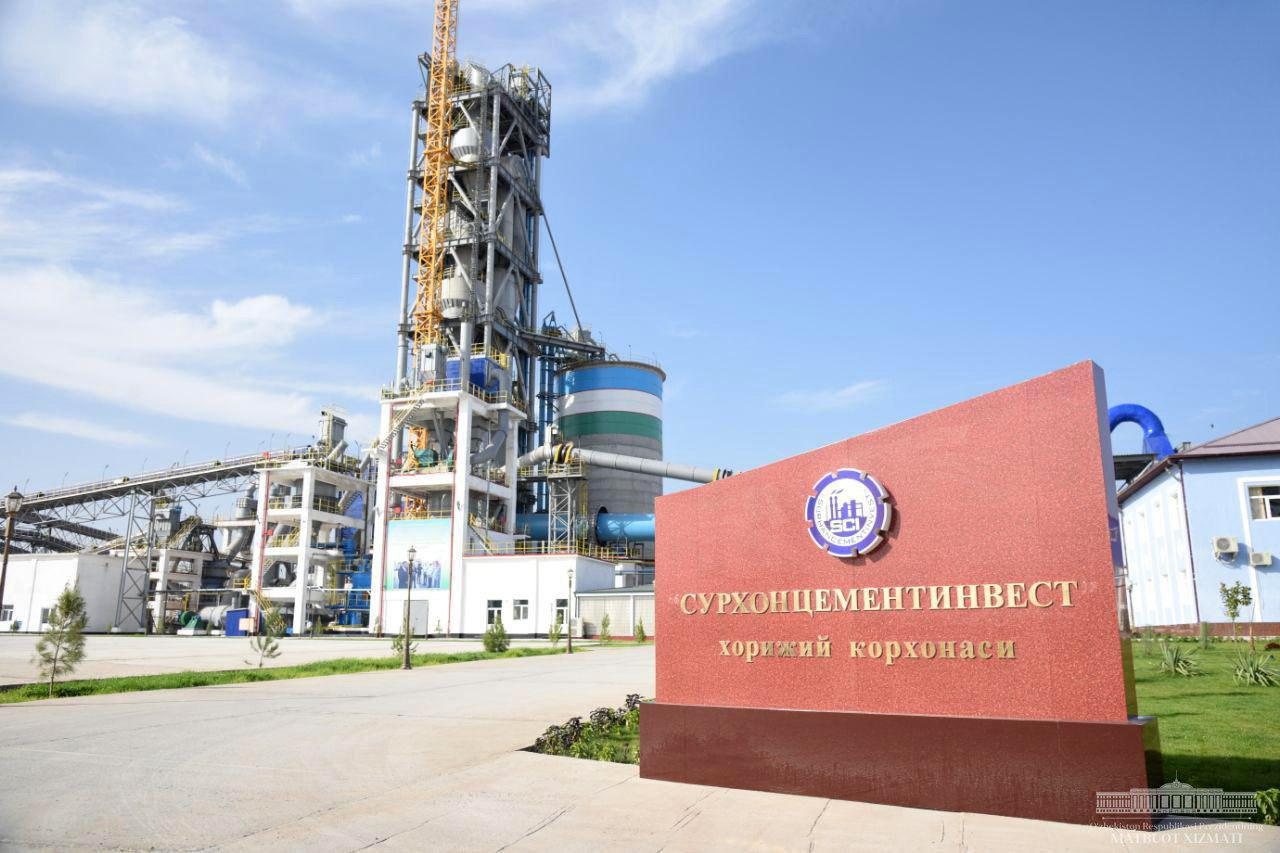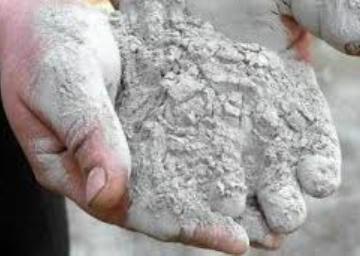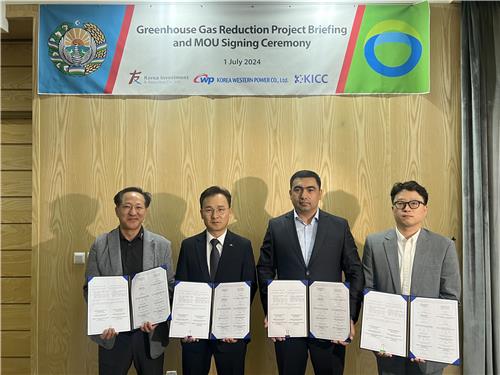TASHKENT (TCA) — A cement plant was commissioned this year in Jarkurgan district of Uzbekistan’s Surkhandarya region by the foreign enterprise Surkhoncementinvest. Modern equipment from Germany, Austria, Russia and China has been installed there, the press service of the president of Uzbekistan reported.
The total cost of the project is almost $144 million, its first stage has been completed. After reaching the full capacity, the plant will produce 1.1 million tons and export 750 thousand tons of cement per year, and will employ 1,125 people.
“Surkhandarya region has enormous economic opportunities. There is much underground wealth, there are almost all the elements of the periodic table [here]. We must effectively use this for the benefit of our people,” Uzbek President Shavkat Mirziyoyev said during his visit to the plant last week.
In the future, it is planned to organize production of dry construction mixtures, hydrated lime, reinforced concrete products with involvement of more than 12 million USD investment.
During the president’s visit to Surkhandarya region, presentation of projects was held on development of industry, small business and private entrepreneurship in the region, improvement of drinking water supply and sewage systems, expansion of production and export of building materials.
Officials were given instructions for construction of 9-12-story residential houses in each district of the region, organization of a new free economic zone in the region, and to increase the export potential and investment attractiveness of Surkhandarya.









